Prosthetics of anterior teeth

specialists

equipment

treatment
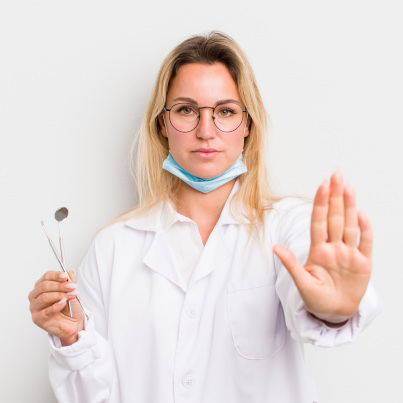
Contraindications to dental procedures
- Acute diseases or exacerbations of chronic ones
- Dental and periodontal diseases. It is necessary to first treat existing oral diseases
- Diseases of bone tissue that may affect the possibility of implantation or other interventions
- Serious mental disorders. They can complicate the treatment process and the perception of pain
- Pregnancy. Especially if it is necessary to use anesthesia, as this may affect the development of the fetus
Methods of prosthetics of anterior teeth
The choice of method depends on individual needs and the condition of the dentition.
Each of these methods has its own advantages and limitations, so the choice should be made together with the dentist, taking into account the individual characteristics of the patient and his preferences. It is important to remember that quality of life and self-confidence often begin with a beautiful smile.
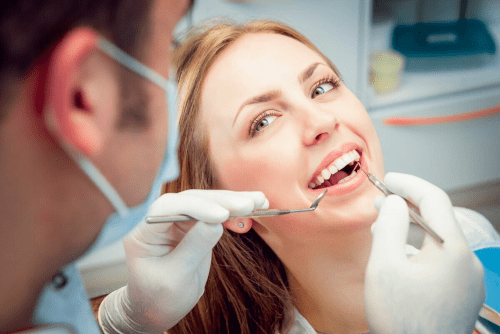
Which prosthesis should I put on my front teeth? Let's look at the main options:
- Crowns They are used for partial or complete tooth decay. They are installed on your own roots or on implants, depending on the integrity of the root system. The choice of material - from metal-free ceramics to metal ceramics - affects the aesthetics and durability of the structure
- Bridge-like Used to restore one or more missing teeth. Bridges are fixed to adjacent teeth or implants, effectively restoring the dentition. The materials used for bridges are similar to those used for crowns
- Adhesive bridge This is a less expensive option that involves fixing artificial teeth to natural teeth using metal or plastic beams. This method is suitable for restoring a small number of teeth and has a relatively short service life
- Bugelnye Removable dentures consisting of a metal or plastic arch to which artificial teeth are attached. Installed on the upper or lower jaw, providing functionality and aesthetics
- Removable "butterfly" A temporary solution that does not require grinding of the supporting teeth. Suitable for the restoration of one or two teeth, providing aesthetic improvement in a short time
- Veneers Porcelain plates fixed on ground teeth. Ideal for correcting minor aesthetic defects and discoloration, providing a natural and aesthetic appearance
The process of prosthetics using various methods
Each of these methods has its own characteristics and is suitable for certain clinical cases, providing functional and aesthetic restoration of the dentition.
Dental inlays
Dental inlays are microprostheses, most often made of ceramic or zirconium dioxide, designed to restore chewing units damaged by 50% or more. Steps for inserting anterior teeth include:
- Preparation. Remove old fillings, eliminate carious areas, form a cavity for an inlay
- Taking impressions. An intraoral scanner is used, then a virtual model is created for making the inlay
- Manufacturing. Produced on a computer controlled machine
- Installation. Remove the temporary filling, try on and glue the tab, adjusting the fit
Veneers
Veneers are thin shells, usually made of ceramic or zirconium dioxide, to correct the appearance of incisors and canines. The process of prosthetic veneers includes:
- Smile analysis. The doctor evaluates her through photographs from different angles
- Dental treatment. Grinding a small layer for attaching veneers
- Taking impressions. Create models for the manufacture of veneers and temporary dentures
- Installation. The veneers are attached to dental cement, ensuring their reliable adhesion to the teeth
Implant prosthetics
Implant prosthetics are used when there is complete loss of a tooth or its root system. The procedure includes:
- Preparation for implantation. Assessment of the condition of bone tissue, location of blood vessels and nerves based on CT scan
- Implant installation. Implantation of a titanium pin into the jaw
- Fixation. Attaching crowns or bridges to artificial roots
- Regular inspections. Monitoring the condition of implants and prostheses, professional cleaning
General information about the procedure
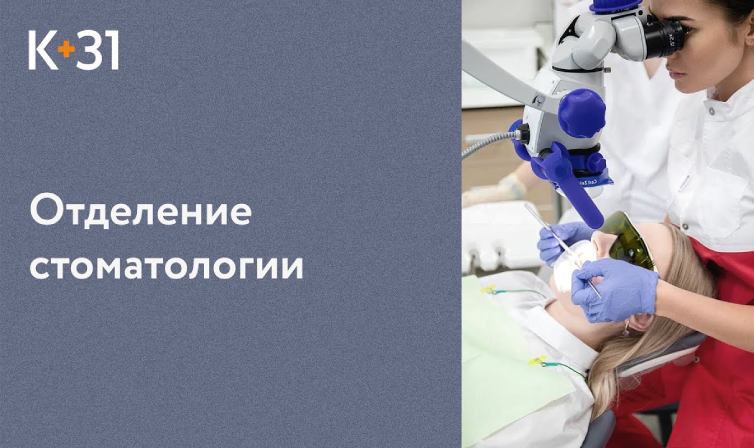
Modern methods of diagnostics and dental treatment at "K+31"
Our doctors

This award is given to clinics with the highest ratings according to user ratings, a large number of requests from this site, and in the absence of critical violations.

This award is given to clinics with the highest ratings according to user ratings. It means that the place is known, loved, and definitely worth visiting.

The ProDoctors portal collected 500 thousand reviews, compiled a rating of doctors based on them and awarded the best. We are proud that our doctors are among those awarded.
Make an appointment at a convenient time on the nearest date
Price
Other Services

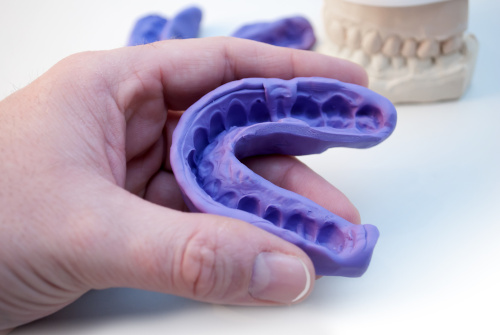

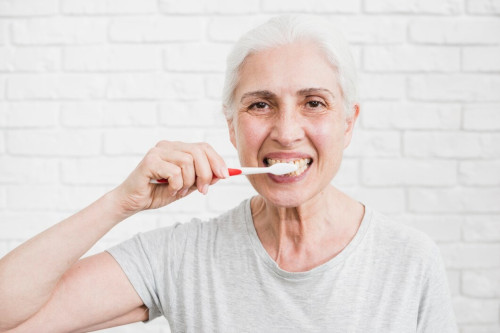

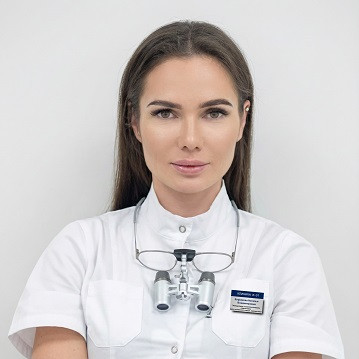

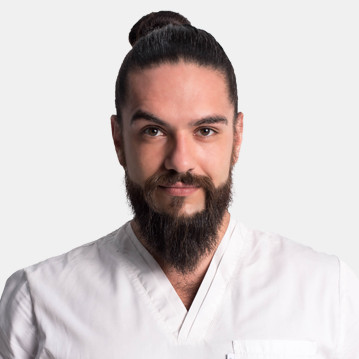
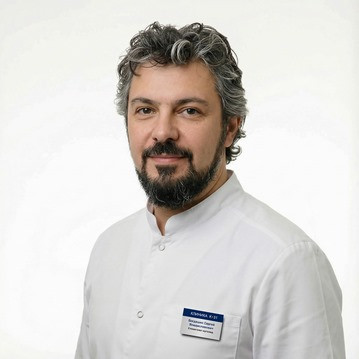
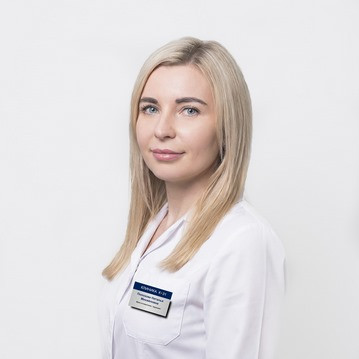
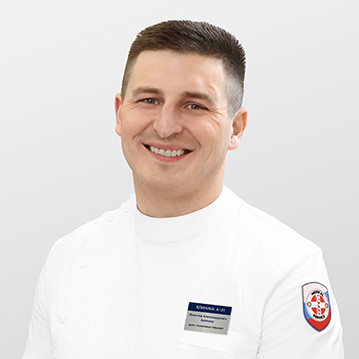
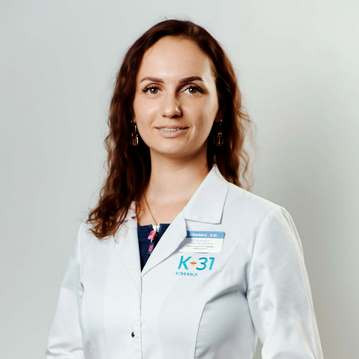
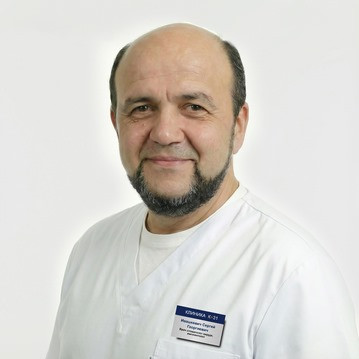

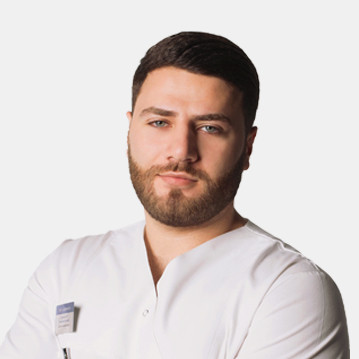
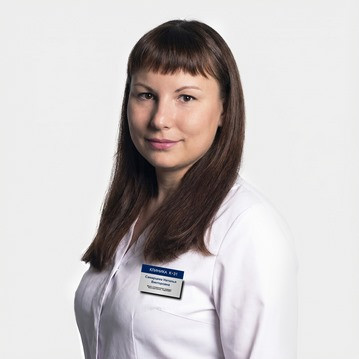

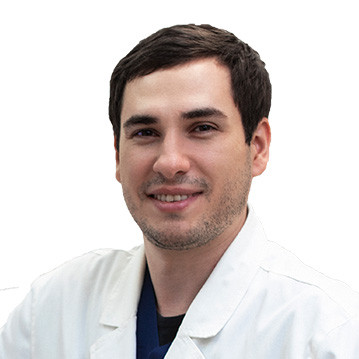
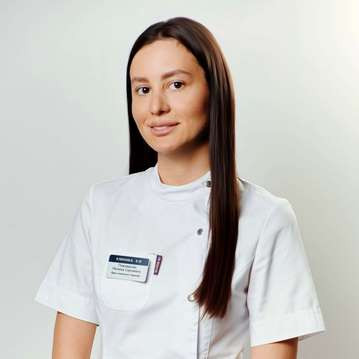
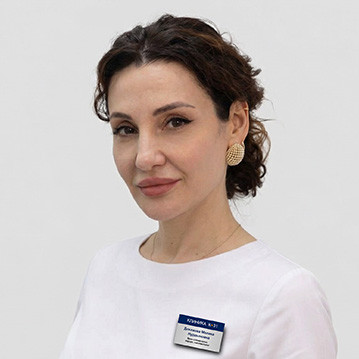
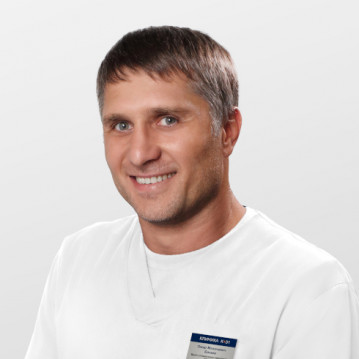
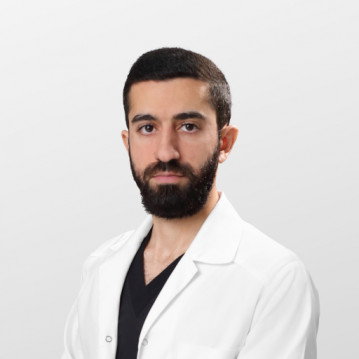
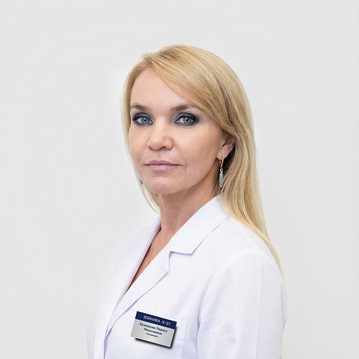

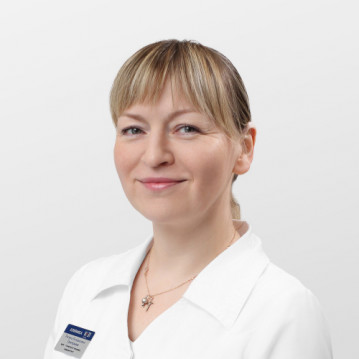

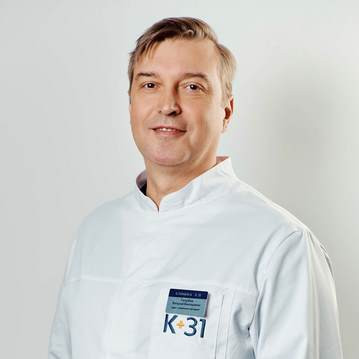
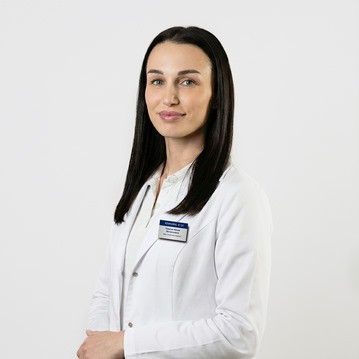
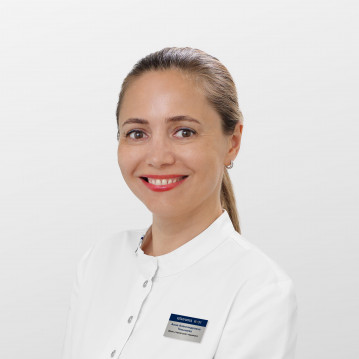
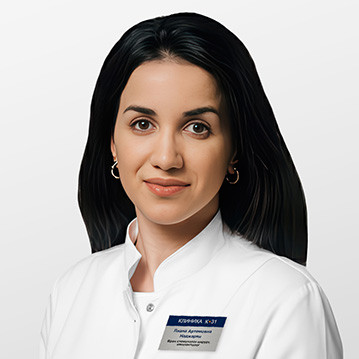
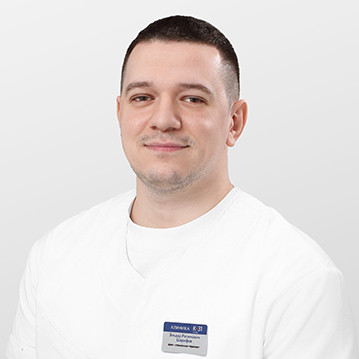
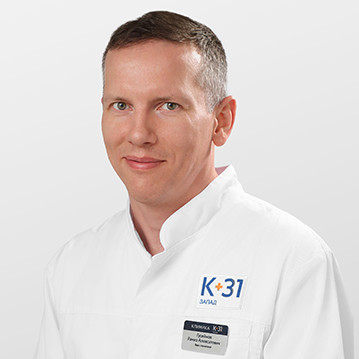
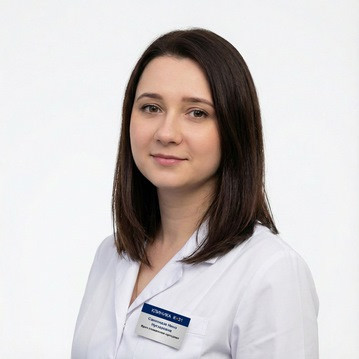
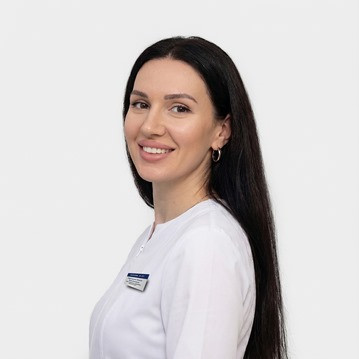


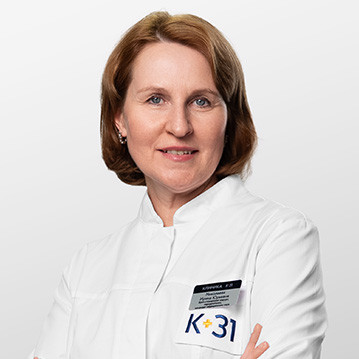
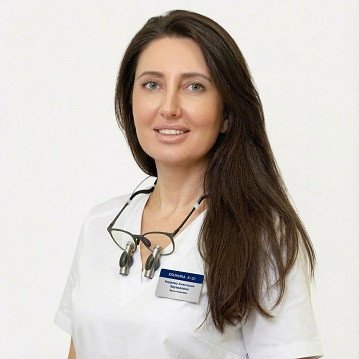
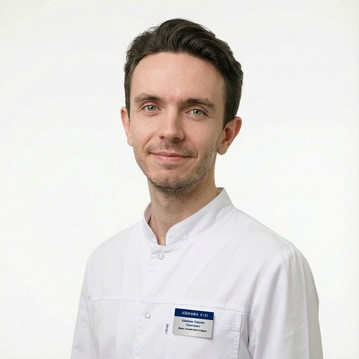

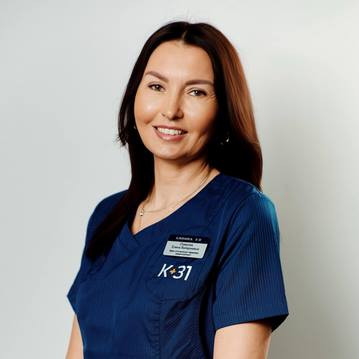






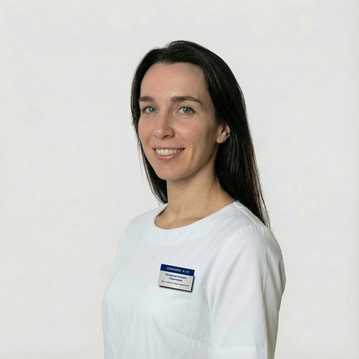








Indications for installing dentures on anterior teeth
It is important to understand when they need to be installed. This is especially true when oral problems affect appearance and comfort. There are several key indications for which prosthetics of anterior teeth are recommended:
These indications reflect various problems for which prosthetics are the best solution. In each specific case, the dentist determines which type is most suitable based on the condition of the oral cavity and the aesthetic needs of the patient.